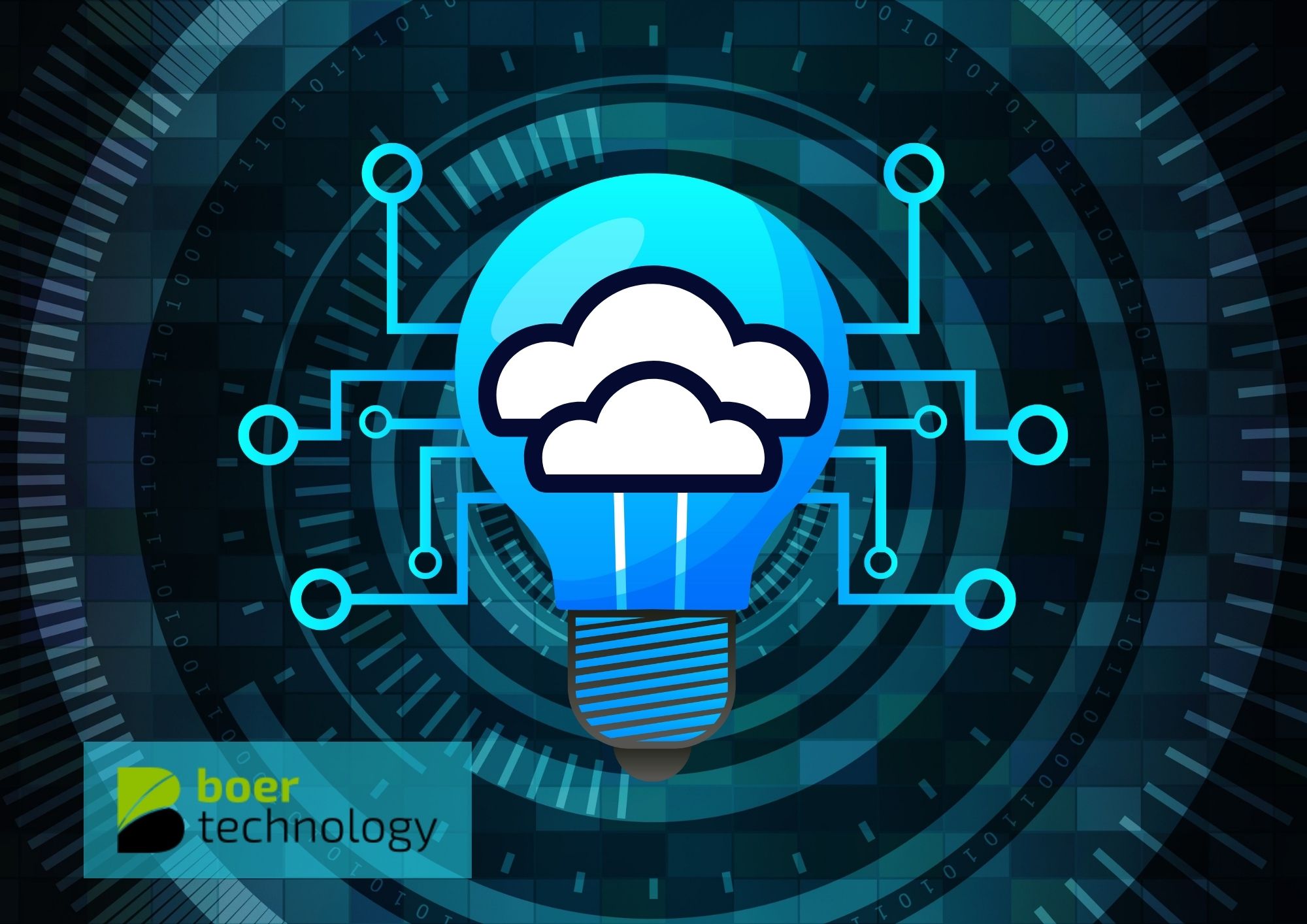The Future of Cloud Computing: Aims and Aspirations
In recent years, cloud computing has transformed the way we store, access, and process data. The cloud has become an integral part of our digital lives, from storing photos and videos to running complex business applications. As we look to the future, the aims of cloud computing are poised to evolve in remarkable ways. In this article, we'll explore the potential directions and ambitions of cloud computing in the coming years.
-
Scalability and Elasticity: The future of cloud computing aims to provide unprecedented scalability and elasticity. Businesses and individuals will demand the ability to scale their computing resources up or down in real-time, seamlessly adapting to varying workloads. Whether it's a small website, a massive e-commerce platform, or a scientific research project, the cloud will offer the resources needed on-demand, reducing operational costs and optimizing performance.
-
Edge Computing: Edge computing is set to play a crucial role in the future of cloud computing. The aim is to bring data processing closer to the source, reducing latency and improving real-time decision-making. By distributing computing resources to the edge of the network, cloud providers will enable applications like autonomous vehicles, IoT devices, and augmented reality to function more efficiently and reliably.
-
Enhanced Security and Privacy: With the increasing concerns over data privacy and security breaches, cloud computing aims to provide enhanced security measures. Encryption, multi-factor authentication, and advanced threat detection systems will become standard features. Additionally, privacy concerns will be addressed through innovative techniques like homomorphic encryption, ensuring that data remains confidential even during processing.
-
Green Computing: The future of cloud computing aspires to be more environmentally responsible. Cloud providers are working towards reducing their carbon footprint by transitioning to renewable energy sources and optimizing data center operations. By doing so, they aim to mitigate the environmental impact of the digital age while providing sustainable cloud services.
-
Artificial Intelligence Integration: Cloud computing aims to integrate artificial intelligence (AI) and machine learning (ML) seamlessly into its infrastructure. This integration will enable businesses to harness the power of AI and ML without the need for extensive in-house expertise. The cloud will provide access to advanced AI models and tools, democratizing their use across various industries.
-
Hybrid and Multi-Cloud Environments: The future of cloud computing is likely to see the widespread adoption of hybrid and multi-cloud environments. The aim is to give businesses greater flexibility in choosing the best cloud services for their specific needs. By seamlessly integrating multiple cloud providers, organizations can avoid vendor lock-in and optimize their cloud resources.
-
Quantum Computing: As quantum computing continues to advance, cloud providers aim to offer quantum cloud services. Quantum computing promises to revolutionize data processing and encryption, and the cloud will make this cutting-edge technology accessible to a broader audience. This will open up new possibilities in fields like cryptography, materials science, and drug discovery.
-
Serverless Computing: Serverless computing, where developers focus on code rather than infrastructure management, will play a more prominent role in the future. The aim is to simplify application development and deployment, allowing developers to create highly scalable and efficient applications without the complexities of server management.
-
Global Expansion: Cloud providers will continue to expand their global infrastructure, aiming to bring cloud services closer to users in emerging markets. This expansion will reduce latency and improve the overall user experience, fostering digital innovation worldwide.
-
Cost Optimization: The future of cloud computing aims to optimize costs for businesses. Cloud providers will offer advanced analytics and cost management tools, allowing organizations to monitor and control their cloud spending more effectively. This will help businesses make informed decisions about resource allocation and reduce overall expenses.
In conclusion, the future of cloud computing holds exciting promises and ambitions. As technology continues to advance, cloud computing will evolve to meet the demands of businesses and individuals. The aims of cloud computing are focused on scalability, security, green computing, and integrating emerging technologies like AI and quantum computing. Additionally, the cloud will empower organizations with the flexibility of hybrid and multi-cloud environments, while also simplifying application development through serverless computing. As we look ahead, cloud computing is set to play a central role in shaping the digital landscape of the future.
Read Also: KUBERNETES CONTAINERS: ORCHESTRATING THE FUTURE OF SCALABLE APPLICATIONS
Read Also: THE MOST IMPORTANT THING TO KNOW ABOUT DEVSECOPS

